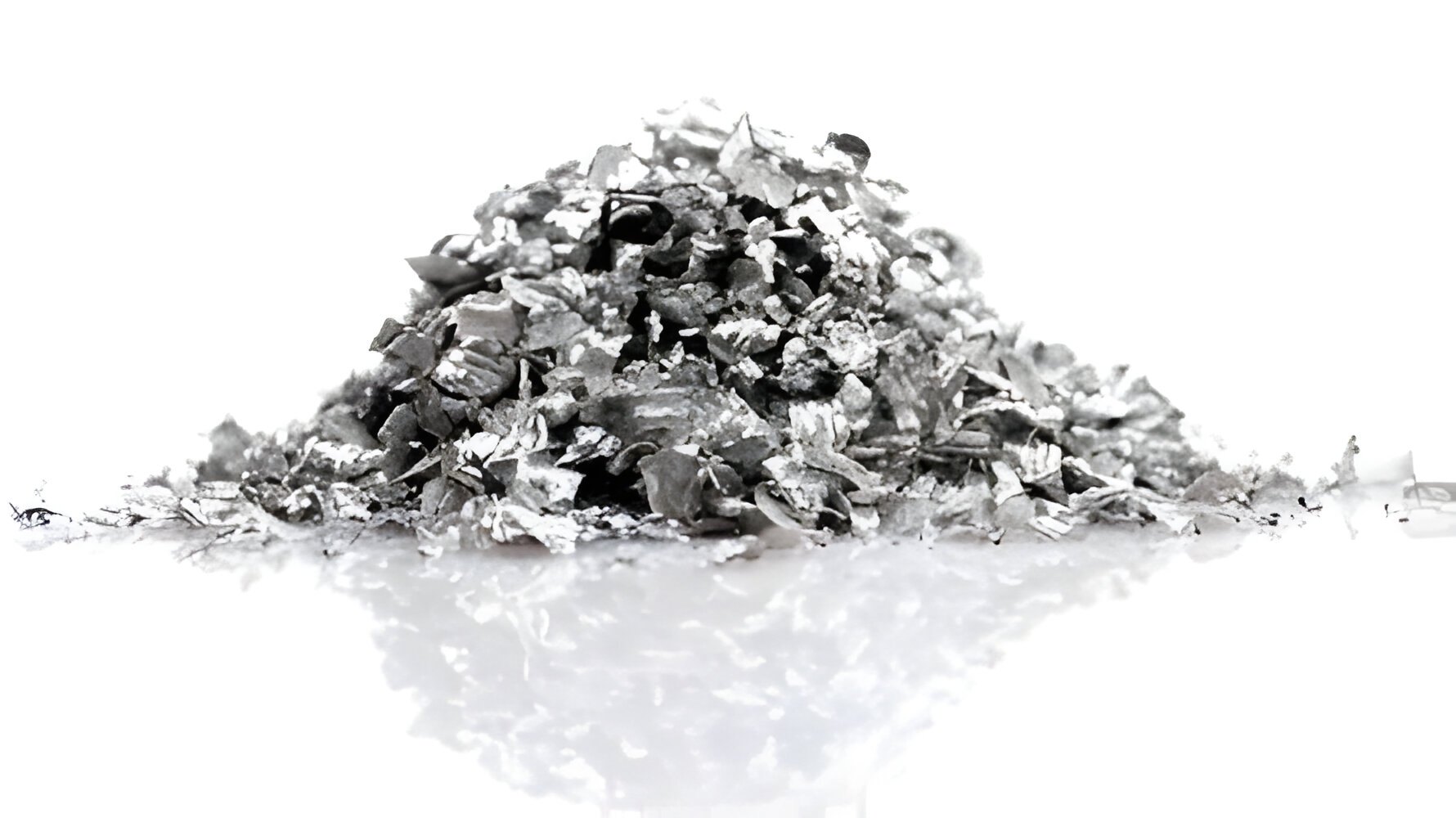why should a magnesium ribbon be cleaned before burning in air This makes the metal century formation always goes very smoothly. Magnesium oxide(MgO) is the thin white powder which forms on the surface of a Magnesium ribbon when it is exposed to air. The magnesium oxide layer acts as a barrier. That’s the reason cleaning the ribbon is significant.
- Stops Burning: Magnesium oxide itself doesn’t burn. So if the ribbon is not cleaned, or the Magnesium under the MgO layer reacts less readily with oxygen in air, making it a lot more complex to initiate the burning process.
- Allows precise observation: The point of burning the magnesium ribbon might be to watch the rapid reaction and bright white light it creates. With an oxide layer, however, all fire Could be late for work.
Therefore when the magnesium ribbon is scrubbed with some sandpaper the magnesium oxide layer is removed, and fresh magnesium metal is exposed for a more complete, observable reaction.
Yes. Below are several more reasons that make cleaning the magnesium ribbon important.
- Rate of reaction: Magnesium oxide is a stable compound. Therefore, it is more difficult to break the bond between magnesium and oxygen than pure magnesium. After it has been cleaned turned in order to show a new surface, also combustion with oxygen will proceed more quickly and emit more light.
- Surface area: The magnesium ribbon is roughened by sandpaper, so that it increases these rugged areas. The more the surface area has expanded, then a greater number of oxygen molecules can be contacted by magnesium simultaneously and combustion proceeds all that further along.
- Safety: More spall in burning, as well as a thicker layer of magnesium oxide, can lead to problems. This is prevented by cleaning the ribbon.
Cleaning the magnesium ribbon makes safer. It also turns the demonstration of the type of reaction so that be safer, more controlled and showy between magnesium and oxygen.
Furthermore, here are some practical reasons for cleaning a magnesium ribbon before you burn it:
Reactivity basic: Magnesium is a metal of very high reactivity; to learn that it reacts vigorously and with force to such things as air or water in this way is a key element seen in both simple chemistry demonstrations Virtually all of its use is as alloying metal rather than on its own form-containing rod without an vacuum protection for example – during tests like this it doesn’t reflect those reactions legibly This uncleaned ribbon with an oxide layer would not show accurately the reactivity of magnesium Redoing therefore accordingly becomes much simpler to get acceptable results if the source – in this case a shiny plaque is prepared with the oxide taken off and used as intended
- Reactivity of reaction: By removing the oxide layer, the apparent reaction will be primarily between pure magnesium and oxygen. This allows for a clearer observation of the intended chemical reaction (2Mg(s) + O2(g) → 2MgO(s)), with the influence of pre-existing magnesium oxide removed
- Reproducibility: Science is built on the basis of repeatability. Cleaning the magnesium ribbon guarantees that all experiments start from the same footing, so that results are more predictable and can be replicated when observing burning.
As a result, cleaning the magnesium ribbon is an important part of setting up a controlled and informed experiment to adequately convey the reactivity of magnesium. It is a way of seeing for oneself what truly is the nature of that reaction and a means to find out more about properties from any one element
Beyond the fundamentals, cleaning magnesium is important for other reasons. Here we’ll expler some advanced considerations:
How is the magnesium ribbon had been stored is important in cleaning. After being storaged for some period, there may be a thicker oxide coat. In this case, something more potent than sandpaper might have to be used as the abrasive, like a metal file for example.
Alternative cleaning methods: While sandpaper represents standard treatment, it’s not the only method available. a dilute acid solution can remove the oxide layer, but you must exercise extreme care in getting rid of and disposing the acidic waste.
Impact on other experiments: Sometimes we may be investigating the very process that produces magnesium oxide. Clean the ribbon would be superfluous in these cases. Here, the initial oxide layer could be important to the specific research being undertaken.
- Safety Procedures for Work with the Ribbon (Re-examined):
- When you are cleaning magnesium ribbon or igniting it, remember always wear goggles.
- When cleaning, make sure you don’t breathe in sandpaper mix dust.
- Used sandpaper or other cleaning materials are best thrown away in the proper manner.
Recall that cleaning the magnesium ribbon is only one step in an active experiment. By grasping the “why” of cleaning, we can help ensure that our efforts in science are safe, accurate, and meaningful.
